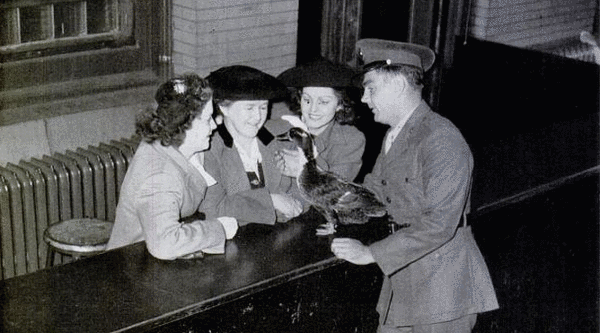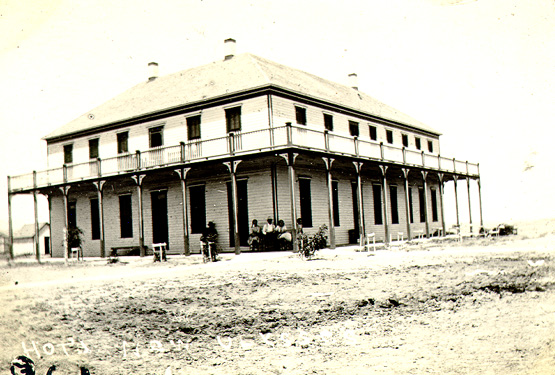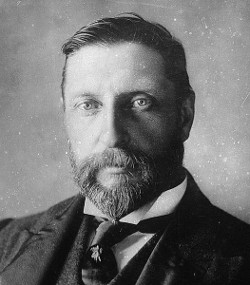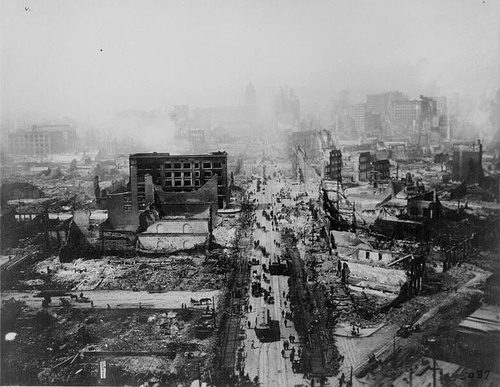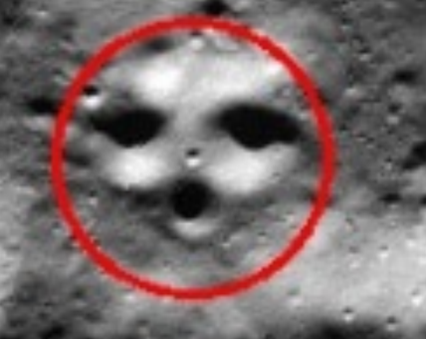New Yorker Kam Brock was sedated and placed in a mental hospital last September because police thought she might be delusional — for one thing, she insisted that Barack Obama was one of her Twitter followers. The hospital set this as an objective for her release: “Patient will verbalize the importance of education for employment and will state that Obama is not following her on Twitter.”
It turns out that @BarackObama does follow Brock on Twitter — but the account doesn’t belong to the president; it was leased to a nonprofit by his campaign.
In 1980, 25-year-old Alfred Lawrence Patterson was admitted to Michigan’s Northville Regional Psychiatric Hospital. He said that the Secret Service and Sen. Edward Kennedy had conspired to place him there.
In fact Patterson had been interviewed by the Secret Service after he’d sent a threatening letter to Kennedy; they concluded that he needed psychiatric care. (Impressively, Patterson won that year’s House primary from within the hospital, drawing 50 percent of the vote.)
When Martha Mitchell, the wife of Nixon attorney general John Mitchell, began to claim that the White House was engaged in illegal activities, she was rumored to be mentally ill. But events proved her right. Nixon later told David Frost, “If it hadn’t been for Martha Mitchell, there’d have been no Watergate.”
Psychologists remember this as the “Martha Mitchell effect” — when a client insists that she’s being chased by the mob, or that the police have been spying on her, she’s not necessarily delusional. In the words of psychotherapist Joseph Berke, “even paranoids have enemies.”
(Thanks, Jason.)


